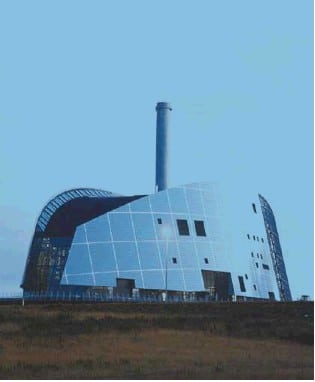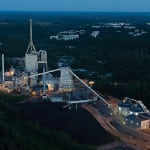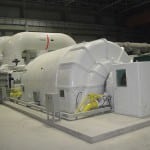District heating in Denmark was developing in the same manner as in other countries before the energy crisis hit the western countries in 1973/74. However, by the beginning of the 21st century, the Danish energy consumption per capita for space heating had dropped more than 50% compared to 1973.
In the early 70s, energy consumption per capita was extremely high. The outcome of the crisis was, however, that it became necessary to save energy in Denmark, including energy for space heating. Denmark at the time imported almost 100% of all fossil fuel required to generate heat.
Therefore, the Danish government was forced to devise methods for saving imported fuels in order to safeguard the interests of society and to reduce the consumers´ heating bill.
A number of initiatives were launched, including:
- Systematic planning of the heat supply in all areas
- Greatest possible combined heat and power (CHP) generation on the basis of such planning
- Insulation of buildings
- Development of highly effective district heating pipe systems
- Allow multiple fuel sources in heat production
- Reduction of operating temperatures in district heating systems and a variable flow in the pipelines to secure the most economical operation in the overall production and distribution system
Due to a firm energy policy and cooperation between central and local authorities, heat supplying companies and private companies, considerable results have been achieved in Denmark during the period since the energy crisis. This has, among other things, meant that by the beginning of the 21st century, the energy consumption per capita had dropped more than 50%.
In the fuel area, a number of initiatives have been launched. In the large cities, former small districts with their own heat supply have been consolidated into major overall districts, in which heat can be distributed everywhere through integrated networks from CHP units, waste-to-energy systems, industrial enterprises, etc. The existing heat plants are mostly maintained as peak and reserve load units which will start to operate in critical supply situations.

Source: DBDH – the Danish Board of District Heating
In rural areas with as little as 250 to 500 inhabitants, so-called decentralized CHP plants have been established. They are designed on the basis of the heat demand and connected to the overall power supply network. This means that in principle, these systems are only in operation when heat demand makes it necessary, and since almost all of them are equipped with heat accumulators, the overall power and heat generation can be controlled and optimized. The plants are fired by means of natural gas, straw, wood waste, biogas and other indigenous fuels, which only affect CO2 emission to a limited extent.
Several Danish municipalities are today completely independent of fossil fuels for heat production
To learn more about Danish Clean Tech expertise at Retech 2010, visit Invest in Denmark booth #827











